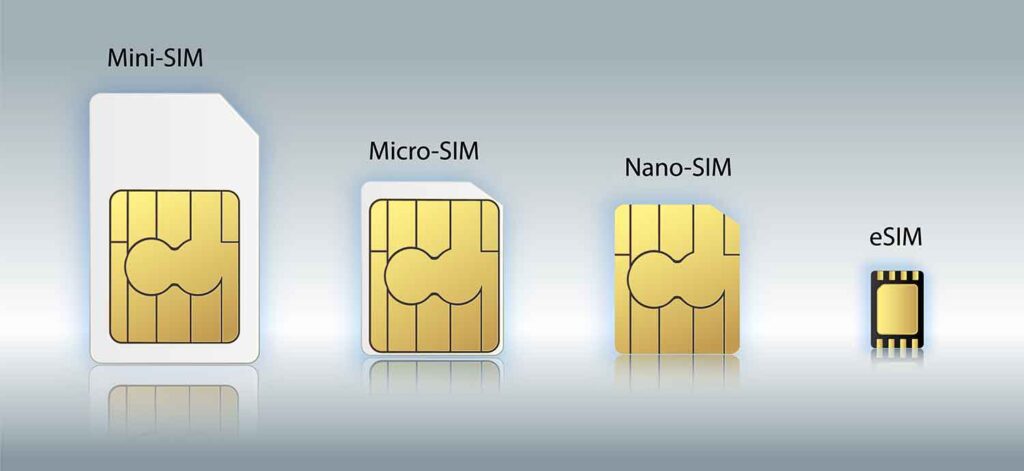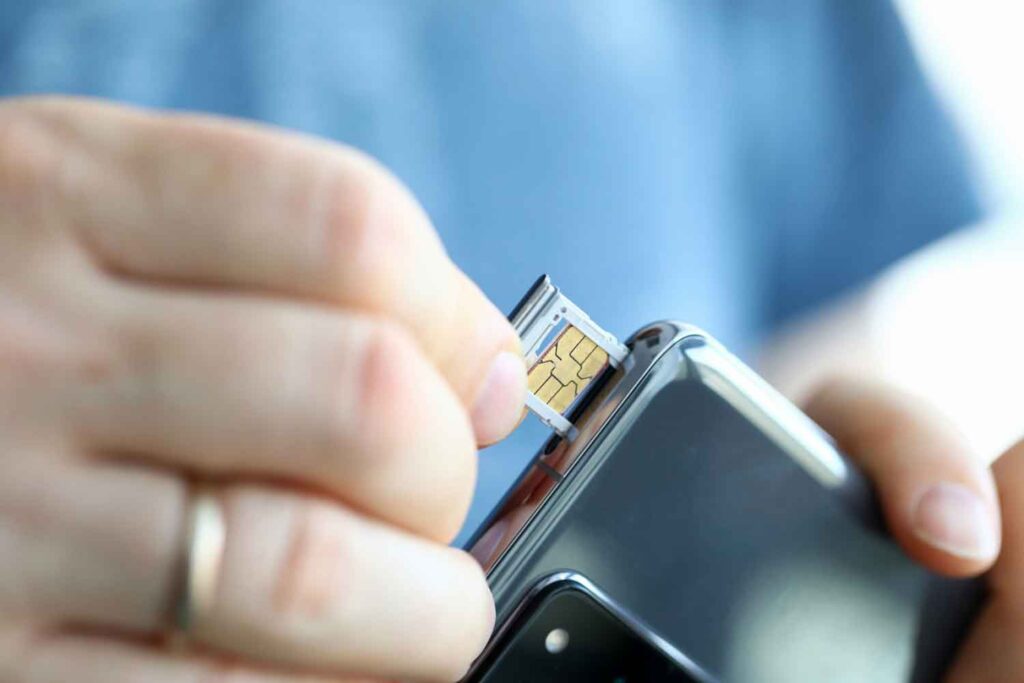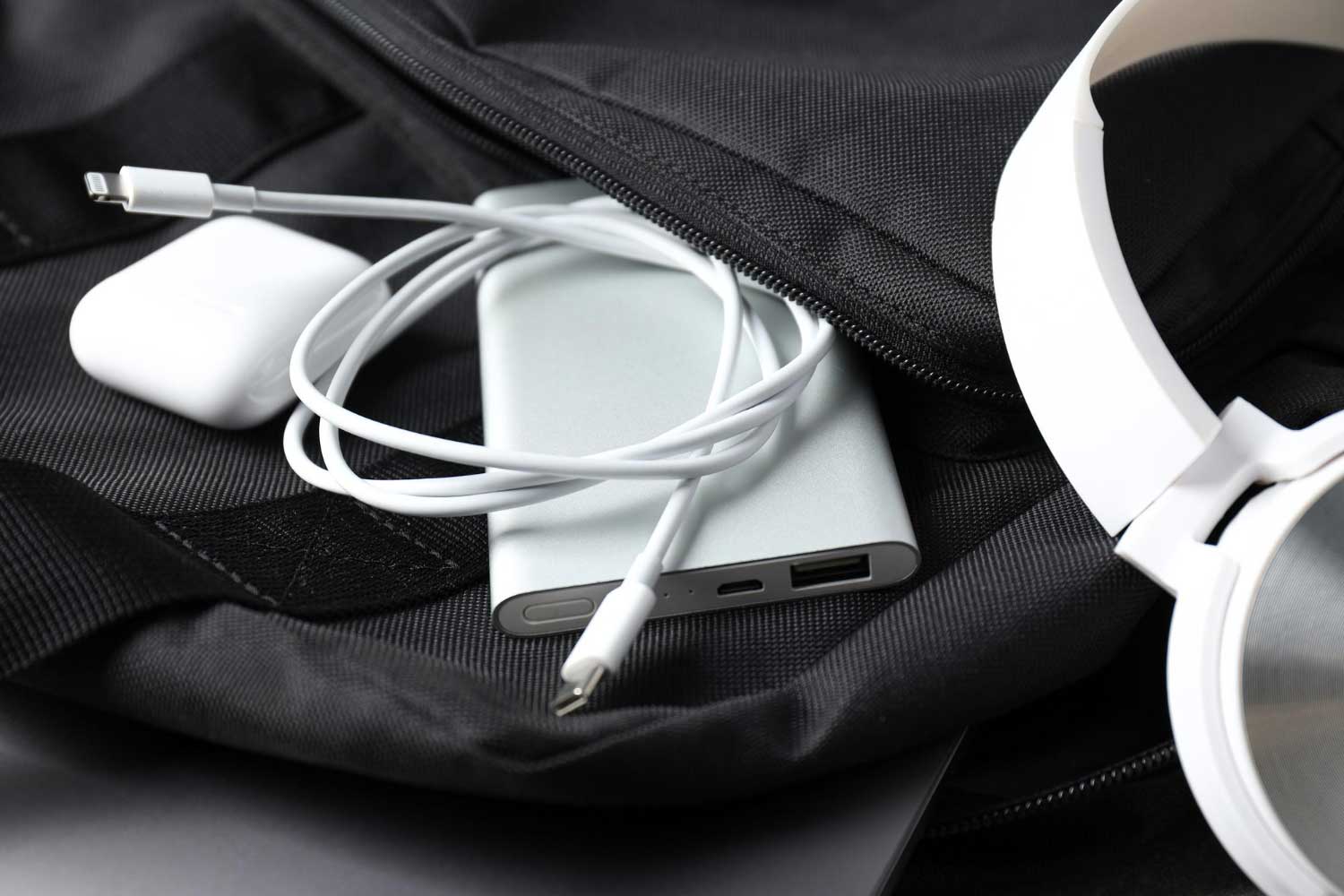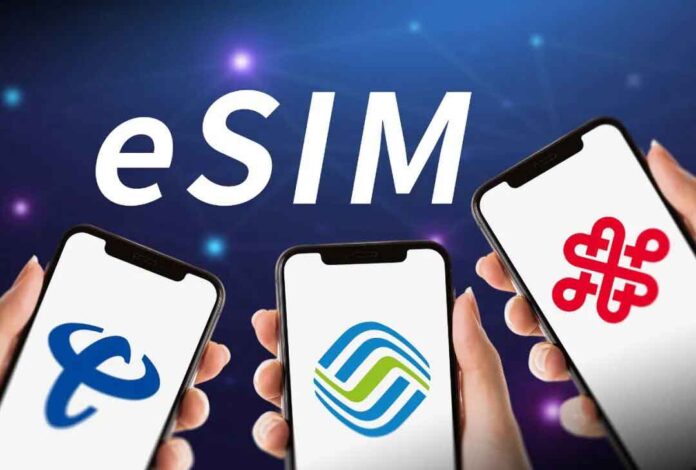China has officially greenlit commercial eSIM trials for smartphones, with all three of the country’s major telecom operators, China Mobile, China Unicom, and China Telecom, joining the rollout.
The Ministry of Industry and Information Technology (MIIT) approved the move on October 13, 2025, signalling a major shift in how mobile services could be delivered and managed in the years ahead.
For users, it means one less piece of plastic to keep track of, and a step closer to a fully digital, more flexible mobile experience.
What Is eSIM?

eSIM, or embedded SIM, replaces the physical SIM card with a programmable chip built directly into a device.
Users can activate service, switch carriers, or add new plans remotely, no store visits, no card swapping.
Despite the change in form, an eSIM offers the same core functionality as a traditional SIM: voice calls, SMS, and data.
The difference is in how it’s managed, everything happens over the air.
Why eSIM Matters

Smaller Footprint, Smarter Design
An eSIM chip takes up only about 10% of the space of a Nano-SIM slot. For manufacturers, that translates to slimmer devices, better waterproofing, and fewer mechanical failure points.
Ideal for Compact Tech

Wearables, smartwatches, and IoT gear benefit the most, no SIM tray means saved space and reduced manufacturing complexity.
Easy Plan Switching
No more queuing at stores. eSIM lets users switch carriers or plans through an app or online portal, helpful for both individuals and enterprises managing large fleets of devices.
Built for Tough Conditions
Because the eSIM is soldered to the device’s mainboard, it’s more resilient against heat, moisture, and physical shock, ideal for rugged environments and industrial use.
Better for Travel
Going abroad? Download a local eSIM profile and activate a data plan at your destination. It cuts roaming costs and eliminates the hassle of buying a foreign SIM card.
How Activation Works (During the Trial)
eSIM smartphone services are now in commercial trial, but for now, activations still require some offline steps:
China Unicom: Reserve activation in the Unicom app, then complete setup in-store.
China Mobile & China Telecom: Bring your eSIM-compatible device to an authorized service center.
The MIIT is also enforcing China’s “one ID, multiple numbers” policy, which limits how many mobile numbers can be tied to a single ID.
Deactivations must go through official channels to ensure security and compliance.
Which Devices Support eSIM?

Initial support comes from Apple, Huawei, and OPPO, with more brands expected to follow as software updates expand compatibility.
Apple is making a move with its new iPhone Air, the first iPhone in mainland China sold without a SIM slot. Priced from ¥7,999, it goes on pre-sale October 17 and hits shelves October 22.
China Unicom has confirmed support for dozens of smartphones, tablets, and wearables already compatible with eSIM.
Both Huawei and OPPO are expected to roll out broader support in upcoming models and firmware releases.
Will eSIM Replace the SIM Card?
Not immediately. Industry experts expect physical SIMs to coexist with eSIMs for several years as infrastructure, regulations, and user habits evolve.
Apple has already gone SIM-free in some markets, but a full transition in China will depend on network readiness and regulatory coordination.
Security and Technical Considerations
eSIM profiles are managed using secure elements and end-to-end encryption, making them harder to clone than traditional SIM cards.
However, the remote nature of profile provisioning introduces new cybersecurity risks. Network systems must guard against potential attacks such as profile hijacking or server-side breaches.
For users, the usual advice applies: keep devices updated, and avoid public Wi-Fi when downloading or switching eSIM profiles.
Current Limitations
Device Compatibility: Only select models support eSIM at present.
Profile Transfers: While transfer tools exist, not all carriers offer seamless switching.
Troubleshooting: Most issues still require carrier assistance.
No Performance Boost: eSIM does not inherently improve speed or battery life, those depend on hardware and network quality.
A broader rollout will depend on how quickly carriers, device makers, and consumers adapt, and while still in its early phase, the shift promises greater flexibility, smarter device design, and easier international travel, without the need for a physical card.
Related article: New Rules: Uncertified Power Banks Now Banned on Chinese Flights








